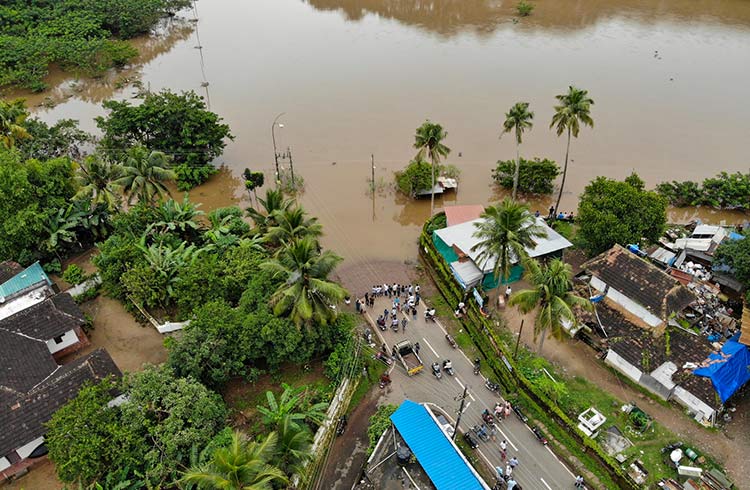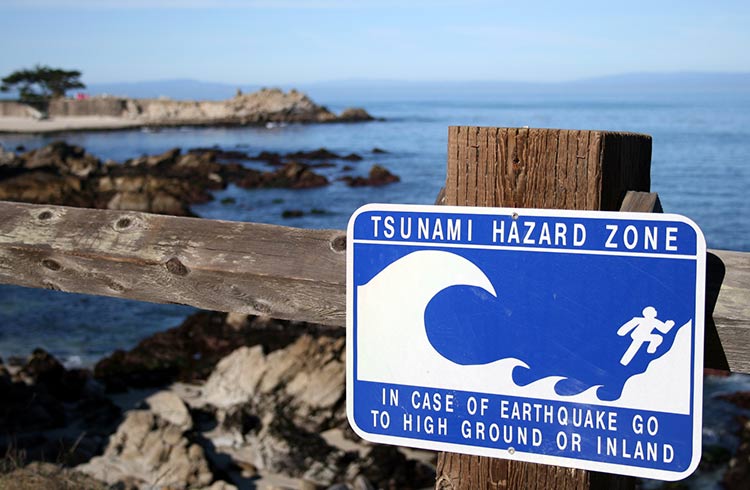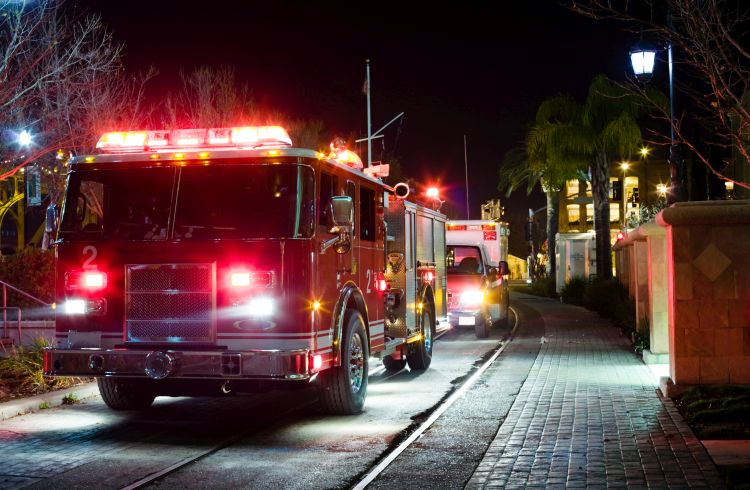How to Survive a Flood: Essential Travel Safety Tips
Coronavirus (COVID-19) and travel: The situation around the world is changing dramatically. Various governments have changed their travel warnings to restrict travel during this time. To understand how this may impact cover under your policy, please go to our FAQs and select your country of residence.
For the latest travel warnings and alerts around the world, read about lockdowns and border restrictions.
Flash floods are unpredictable, and during La Niña, the risk is high. Find out how to prepare for a flood and what to do in a flood to maximise your chances of survival.
Shares
 Photo © Getty Images/gulfu photography
Photo © Getty Images/gulfu photography
- Flooding during the La Nina phenomenon
- How to prepare for a flood
- What to do if you are inside when a flood happens
- What to do if you need to evacuate
Flooding during the La Nina phenomenon
As part of the El Niño–Southern Oscillation climate pattern, La Niña is the cooler phase of this ocean-atmosphere phenomenon, where cooler than average sea surface temperatures in the central and eastern tropical Pacific Ocean.
La Niña last occurred from 2010 to 2012, when the watery fury of La Nina spread across the Southern Hemisphere, causing devastating flash floods.
In 2010, following weeks-long floods in the Australian state of Queensland, part of its capital city, Brisbane, was submerged under flood waters.
35 lives were lost and around 200,000 people were affected by the disaster, and 20,000 homes were affected by the flood waters.
But while the world was looking one way, La Nina struck hard in another area.
A massive combination flash flood and landslide in the mountain regions near Rio Di Janiero left 212 dead in Brazil, obliterating homes, cars and public infrastructure, and leaving hundreds of thousands affected.
Over the equator, floods smashed the Philippines and Sri Lanka, leaving 40 and 15 dead respectively.
This deluge of floods should be a reminder that as a traveler, disasters can strike anywhere and any time.
So what should you do if you are ever in a flood? Where is safe and where isn't? What precautions can you take? How can you survive if the worst comes to worst? Let's take a look at some tips.
How to prepare for a flood
- If you are a smart traveler, you should already have an emergency kit prepared containing first aid, water, torches, food, medicines, and emergency contacts. If you don't, put one together, even if the area you are visiting is not flood prone
- Know where to go if an emergency hits, and take a quick look at the geography surrounding where you are staying: Where is high ground? Where will water come in to create a bottleneck? A quick analysis could be vital if push comes to shove
- Keep up to date with news regarding the area you are staying in – check websites, talk to locals, and pay attention to radio or TV. Staying aware of what is going on is important, even if it is for a few minutes a day.
What to do if you are inside when a flood occurs
- Firstly, it is vital that you keep aware of, and pay heed to, any evacuation notices delivered by Emergency Services. If you are told to leave, leave
- While there may be some situations that require evacuation, not everyone needs to leave their spot in the event of a flood, especially two story hotels or apartments that end up simply water logged downstairs. Although in apartment blocks, a word of caution – if the bottom levels become filled you could be marooned for days if your elevator system malfunctions
- If water creeps inside your accommodation, be very careful with electrical appliances. The safest idea is to switch off as many as you can – and obviously, don't use your devices if you are standing in water
- If you are stuck inside and need to raise an alarm, hang a white sheet outside your window or on your roof so emergency services can spot you.
What to do if you need to evacuate in a flood
If circumstances reach a point where it is essential to leave where you are staying, there are a few things you should keep in mind.
- Wear study clothes, and strong shoes - the more water resistant the better
- Take enough supplies that will last you for a few days, but leave behind any large pieces of luggage. If you get caught in a wave, you don't want to have cumbersome gear weighing you down. Clothes can be replaced. You can't
- Under no circumstances should you ever drive through floodwaters. Engineering experts say that a human body in a stream of water is far safer, physics wise, than a car. Cars are filled with air, which makes them a bouncing, bobbing death machine
- Don't swim or wade through floodwaters, even a slow moving current is enough to knock you over, and the currents of floodwaters are extremely unpredictable. Floodwaters also contain debris traps – branches, pieces of metal, sewage and animals
- The best idea is to find the highest and most visible ground you possibly can, and stay put. You might get bored in the same place and want to move elsewhere, but if you have found the highest ground you possibly can, it's the best you can do in a devastating flood. You should only move from your location if you believe that you are about to face severe danger
- Make sure you have enough food and water, and try your best to make yourself visible so emergency services can rescue you.
Get a travel insurance quote for Worldwide
You can buy at home or while traveling, and claim online from anywhere in the world. With 150+ adventure activities covered and 24/7 emergency assistance.
Related articles
Simple and flexible travel insurance
You can buy at home or while traveling, and claim online from anywhere in the world. With 150+ adventure activities covered and 24/7 emergency assistance.
Get a quote

1 Comment
Thank you for reminding me that it is important for us to leave the house once the authorities tell us to leave. We have been informed that there will be a series of heavy rainfalls that will affect our area and although we weren't told to leave our houses, a flash flood might still happen. Once this is over, it might be a good idea to try installing our own storm shelter for emergency purposes next time.